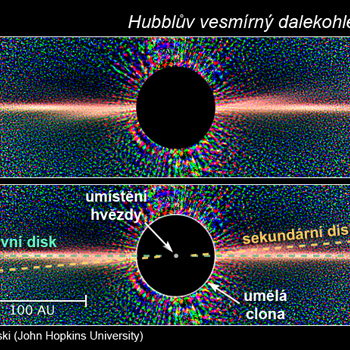Question #39ff1
1 Answer
Check it out
Explanation:
For simplicity, I will write Cytochrome C as Cc
Hence, we are dealing with the following two half reactions:
Note: I balanced the individual reactions. There are plenty of videos on balancing redox reactions, so I will not get into too much detail here.
Now that we have the two half-reactions, we have to get the electrons to have the same coefficient; i.e. multiply the hydrogen half-reaction by 5 and the second half-reaction by 2:
The question tells you that "cytochrome c (Fe +) is reduced by hydrogen", which means that Hydrogen has to be oxidized. Hence, you have to flip the hydrogen-half-reaction-equation:
Add the two together and cancel out the electrons:
You got your balanced half-reaction #Yey
For the cell notation, I am assuming that the hydrogen half cell composed of a standard hydrogen electrode, containing a platinum black electrode with a constant
For the standard cell potential you have to know the following equation:
Where...
...n = number of electrons flowing (in this case there are 10)
...F = faradays constant (96500)
Hence:

